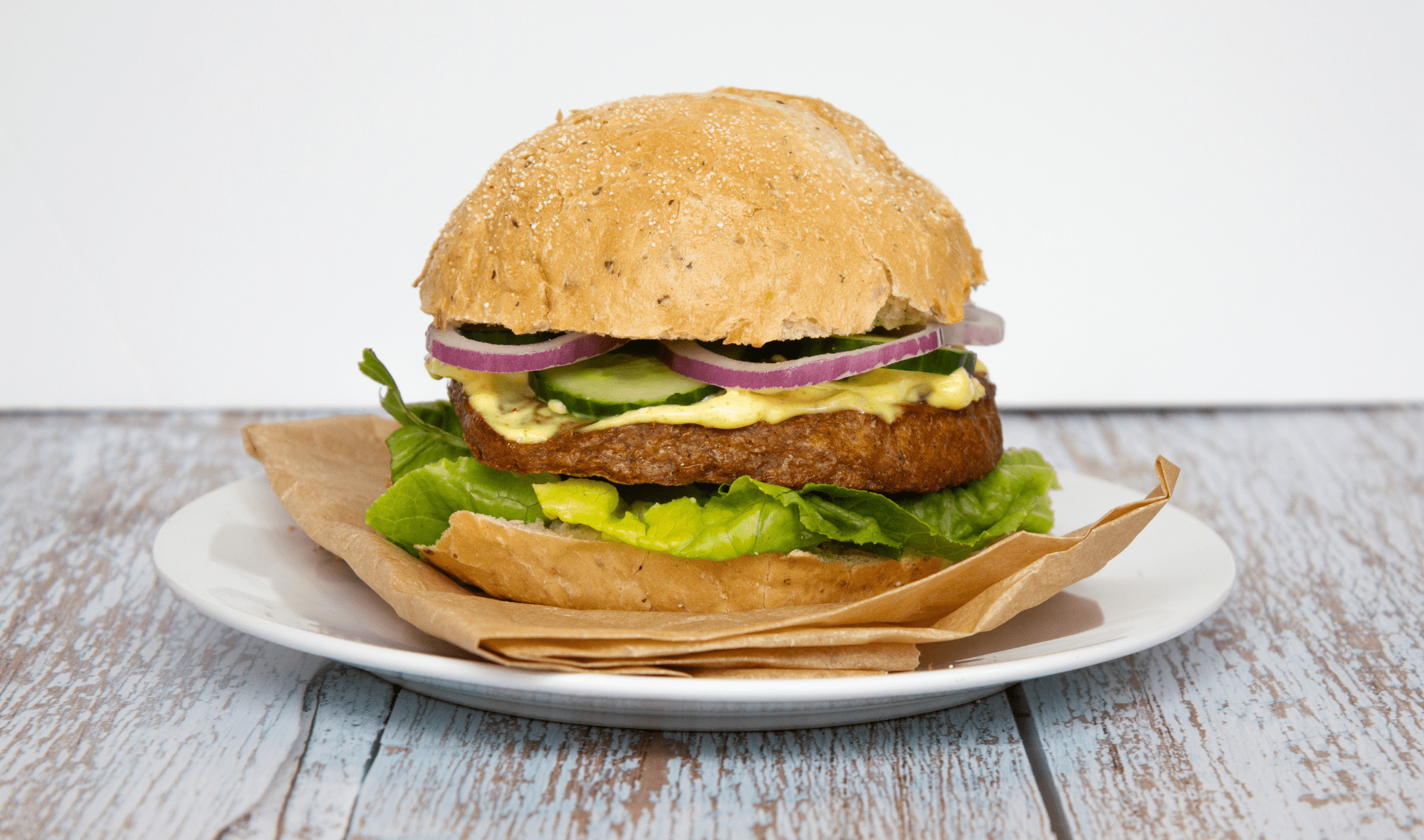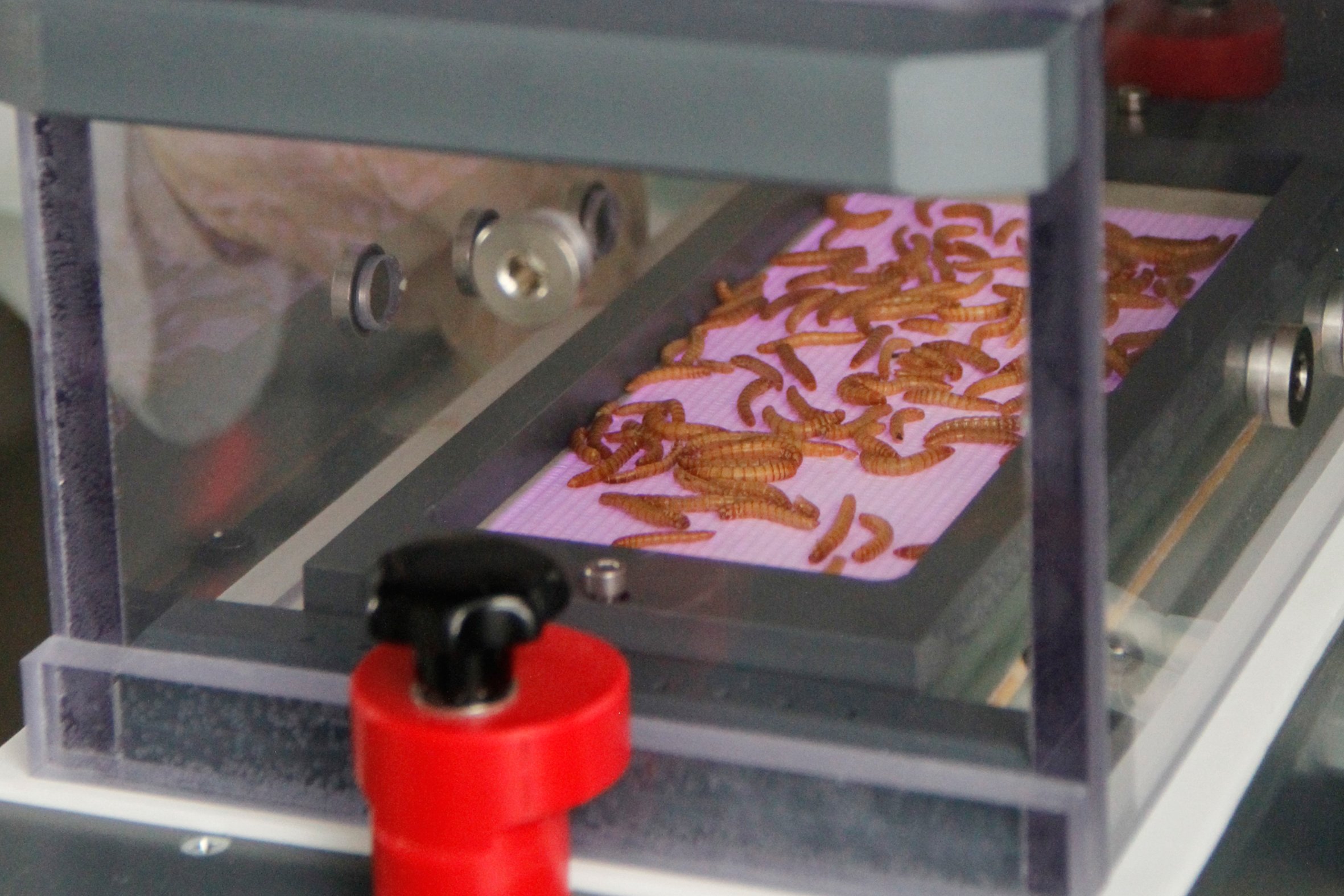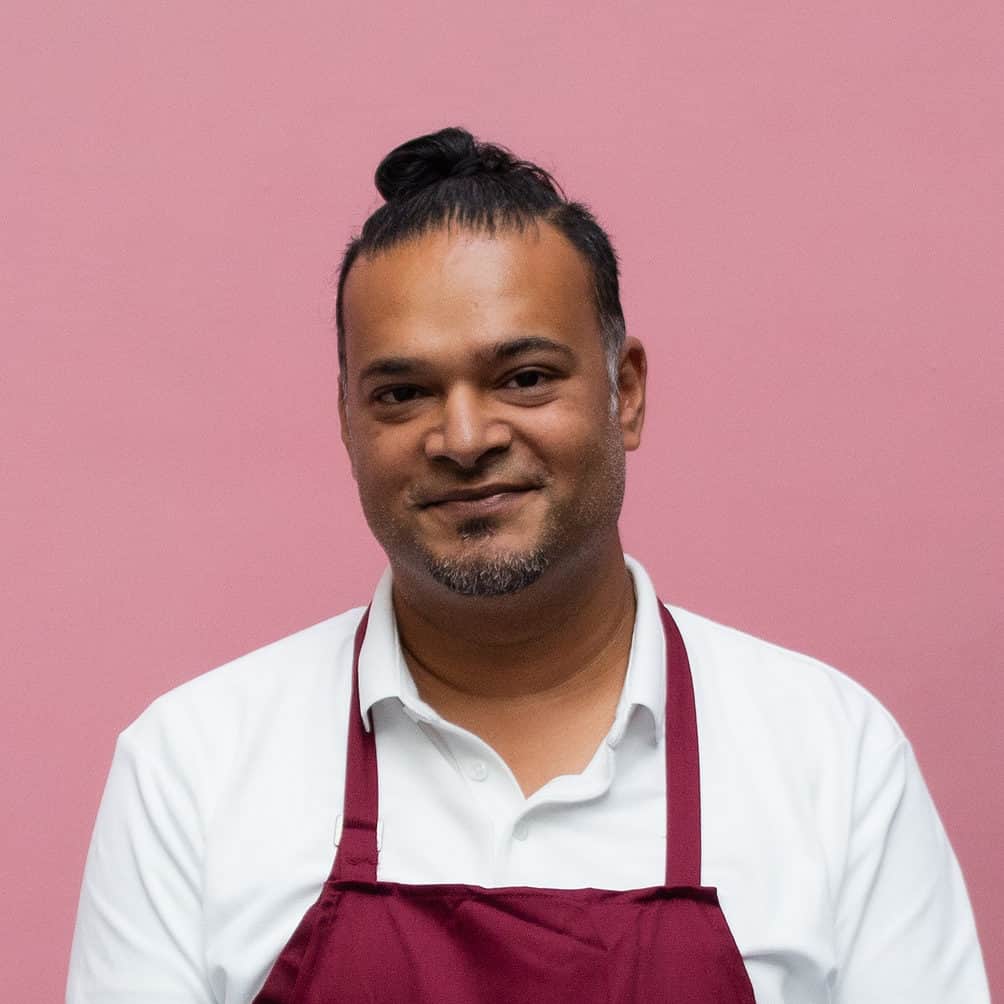
About De Krekerij
- Founders: Sander Peltenburg
- Founded in: 2018
- Employees: 10
- Money raised: One million euros
- Ultimate goal: Getting Dutch citizens to eat crickets once a week.
The food of the future will be made from crickets. Those who are afraid of a tiny wing stuck between their teeth or an unappetizing, crunchy bite have nothing to fear. This sustainable alternative to meat and vegetarian products can also be prepared in a way that fits your current dietary patterns. Start-up De Krekerij turns crickets into recognizable products such as bitterballen (trad. Dutch croquettes) =, burgers and shoarma. In this instalment of Start-up-of-the-Day, Ashwien Bisnajak explains why we should all eat crickets once a week.
What is De Krekerij?
“We are a company that is marketing cricket-based meat products. They are very similar to other meat products that people are already familiar with. We try to stick close to current Dutch food culture and habits. Our cricket products are very sustainable and nutritious. They are rich in protein, vitamins and minerals. We are a small company. We’re not producing volumes yet to really make a big impact, but we are moving in that direction now.”
How did you come up with the idea for De Krekerij?
“Our founder Sander Peltenburg attended a TEDx on why crickets are the food of the future. It turned out to be a really positive story. He found it strange that there weren’t any cricket products on the shelves of well-known supermarkets. Afterwards, he was also allowed to taste the crickets. Then he immediately got the answer to this: they were inedible. They had been freeze-dried and the legs got stuck between your teeth. It was an unpleasant experience, but the idea of sustainable protein stuck with him. That’s how De Krekerij was born.”

Why do you want people to turn to crickets for food?
“We are entering a period where there is going to be a lot more demand for protein. If we continue to consume the way we do now, we’re going to be in trouble. We’ve reached the limit. Making more meat products is at the expense of our environment and the nature we live in. A cricket needs 95 percent less water, 90 percent less land and 85 percent less feed compared to cattle. In addition, crickets eat a lot of vegetable waste. A residual stream. So, our cricket products score even better on sustainability and environmental impact than meat substitutes.”
How do you turn crickets into a proper product??
“That really involved a lot of steps. We were at the Zwarte Cross festival with our first version. We got a lot of feedback there and partnerships arose from that later on. We even met a farmer there who later switched from raising cattle to crickets. However, with the second version we were mainly told by chefs that it was just not good enough. For example, our meat didn’t have enough fat. But now we’re very pleased with our latest version.”

Where do those crickets come from?
“We buy the crickets from breeders all over Europe. We select those crickets based on a number of quality mark certifications. What a cricket eats, you can also taste. If it eats low-quality plant waste, the cricket won’t have much taste. So we pay close attention to that. For our bitterballs, we have a partnership with a number of Dutch breeders. We like to keep it local, although these growers lack certain quality mark certifications and the price is a bit higher than other breeders. It’s an industry that still needs to be professionalized.”
Have you noticed that people’s attitudes towards cricket meat are changing?
“We are noticing that a lot more people are open to insect-based products than in previous years. We also do a lot of tastings throughout the country. We’ve been recording at those places what customers think of our products. We sorely need the feedback from our customers and we’re now seeing that nine out of ten people are positive about our products. A large group of companies are also interested in our cricket meat. We also work with chefs, because if they don’t believe in it, then that’s the end of it. Fortunately, they are also really pleased.”

What lies ahead for De Krekerij?
“Our ambition is that Dutch people really will soon be eating crickets once a week. We can only achieve that goal if we have a major national partner backing us. We are in talks about that now. Also, we’re busy with a second investment funding round. We are looking for people who want to come up with ideas with us and co-invest. In the future, we also really need a retailer as a partner to get our products into stores. Lastly, developing cricket products is a continuous process. That’s why we will continue to improve our current versions.”


